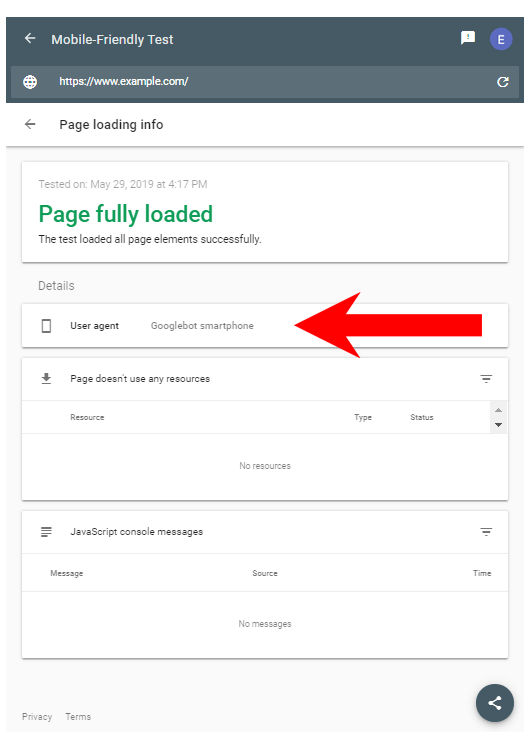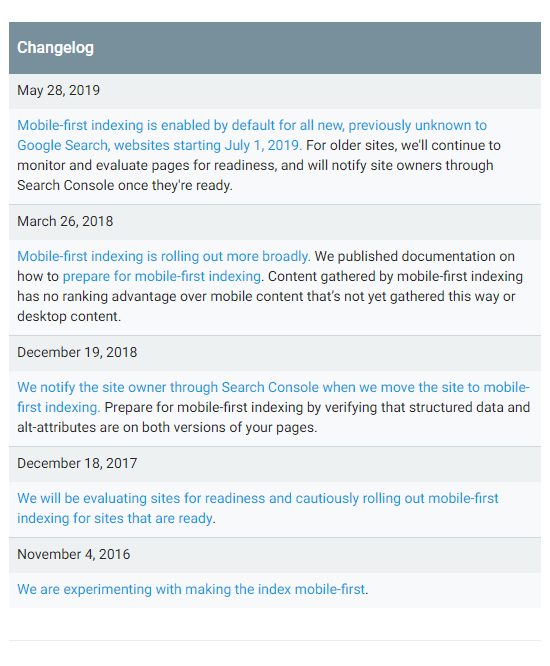
When Google was born, it didn't really care which device agent is used when crawling a site.
For obvious reasons, back in 1998 when Google was founded by Larry Page and Sergey Brin, mobile phones are far from public's reality.
But fast forward to 19 years into the 21st century, mobile phones aren't just "mobile phones", as many of them are "smartphones" and "tablets".
And given the abundance of these kind of mobile devices, many users around the world are primarily interacting with the mobile web using those handheld gadgets.
In response, Google Search is moving to mobile-first indexing, and is finally defaulting that when crawling for new domains.
To keep Search results fresh and relevant, Google continuously crawls the web to index and rank websites, using what it calls 'Googlebot'.
This is a name given to Google's relentless crawler that tirelessly scout the web to collect documents from the web to build a searchable index for the Google Search engine. The crawler is used to refer to two different types of web crawlers: a desktop crawler and a mobile crawler.
Previously, Google analyzed desktop version of a page, before analyzing it with mobile.
Starting Google's mobile-first indexing, Google began looking at the mobile variant to provide results that are more representative of how users are interacting with the web around the world.
Mobile-first indexing with the smartphone Googlebot was already used by over half of the pages in global Search results in late 2018, and it is becoming the default for "all-new, previously unknown to Google Search, websites starting July 1, 2019."

"For existing websites we determine their readiness for mobile-first indexing based on parity of content (including text, images, videos, links), structured data, and other meta-data (for example, titles and descriptions, robots meta tags). We recommend double-checking these factors when a website is launched or significantly redesigned."
Webmasters and web owners can check for mobile-first indexing by using the URL Inspection Tool in Search Console.
Previously, Google continued "monitoring and evaluating pages for their readiness for mobile first indexing, and will notify them through Search Console once they’re seen as being ready.” But after finding out that "new websites are generally ready for this method of crawling,” Google switched the default approach.
As mobile becomes the default state for new websites, webmasters and web owners won't be notified when mobile-indexing is used.
Further reading: How To Make Your Website Ready For Mobile-First Indexing, According To Google
